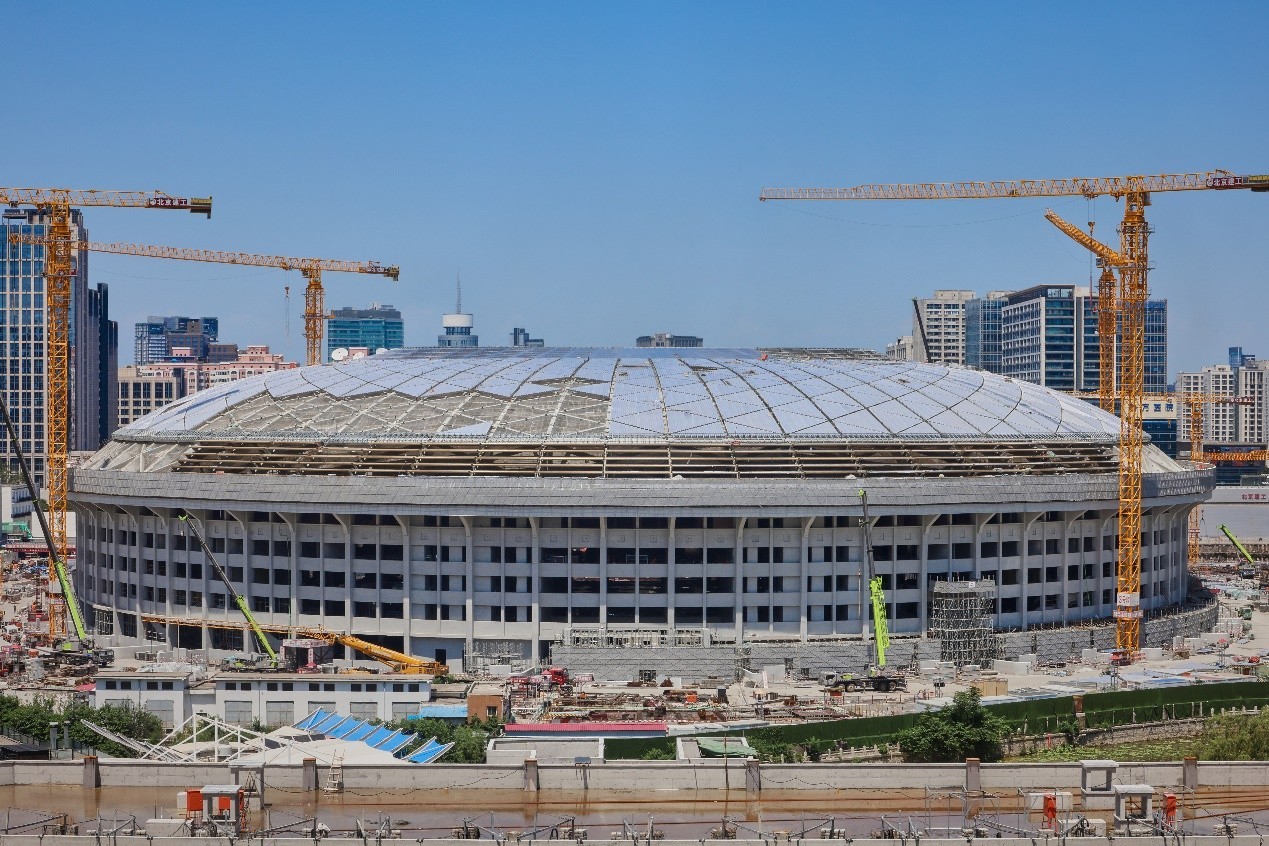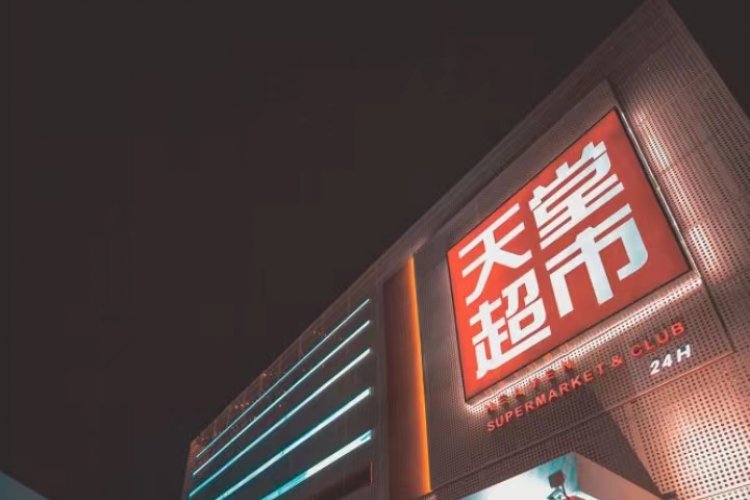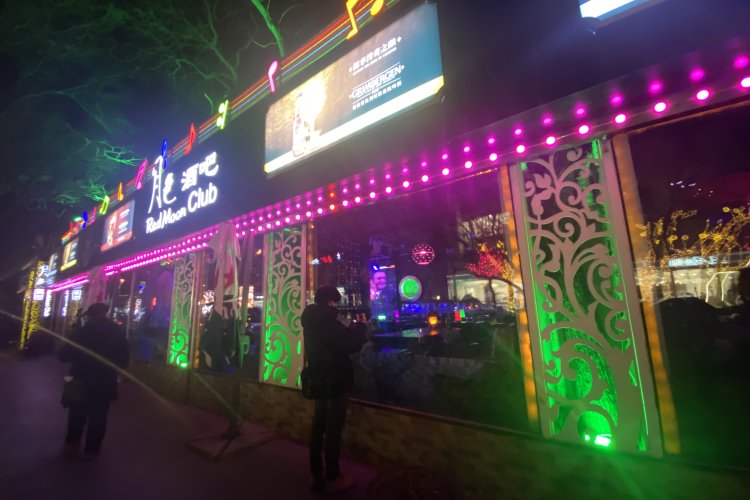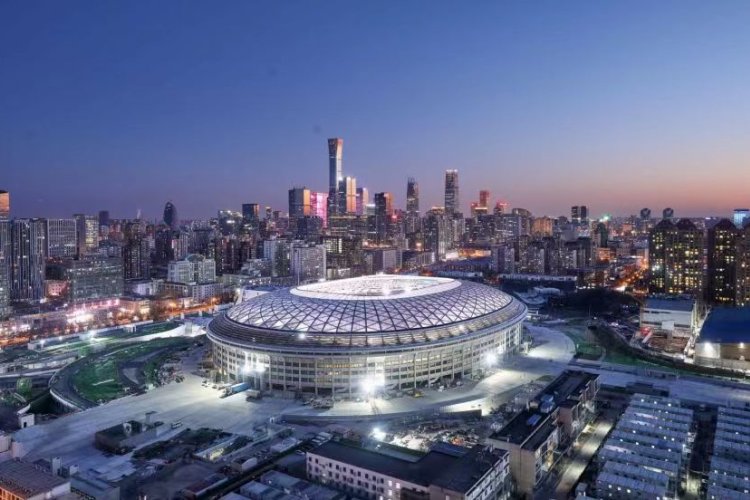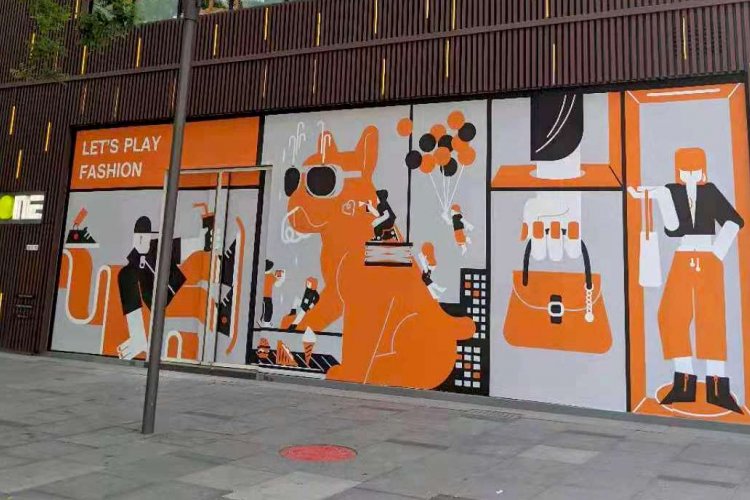A Look Back at Gongti as New Workers' Stadium Inches Ever Nearer to Completion
It was only a few months ago when we reported on the completion of the new interior of the new Worker’s Stadium, and now that its new roof is nearly complete, according to reports from Chaoyang Tong and other sources, it’s inching closer to its brand new look.
As we reported in March, the new Workers’ Stadium isn’t just getting a roof, but new capacity and other upgrades as well. 2,000 new seats, plus four tiers of seating and the erasure of the original stadium’s running track means capacity will top out at 68,000. The surroundings will get an upgrade as well (see plans below) with the area surrounding the stadium to be more open. All of this a far cry from the Workers’ Stadium of old.

First constructed in 1959 as one of the ten projects built in honor of the 10th anniversary of the People’s Republic, the original Worker’s Stadium was, upon its completion, the largest stadium in eastern Beijing. Since then, Gongti has seen quite a bit over 60 years of existence.
But it was the clubs, restaurants and bars that put up shop in the surrounding area over the years – like Club Vics, Club Mix, Lantern, the Den, and Legend Beer, to name a few – that cemented Gongti into the expat consciousness. One such foreign resident who remembers the area and stadium fondly is Gilbert Van Kerckhove, who documents the goings on in the area on his blog Stuck in Beijing Since 1980.

Living next door to Workers’ Stadium on Gongti Xi Lu, Van Kerckhove says he passes the spot regularly on his way in and out of Sanlitun. “It was always interesting to see the changing environment, new bars, restaurants and shops, events being held around the stadium and of course inside the stadium” remembers Van Kerckhove. The Belgian expat also used the stadium’s track to train for a marathon, exclaiming it was only RMB 2 for an access card, and that not many people knew about it.
Other highlights for Van Kerckhove include his first visit to Gongti for the Wham! concert in 1985, as well as a somewhat hidden bar on the stadium’s south side, which could only be accessed by going behind a sausage sandwich outlet, heading down a flight of stairs which would deposit you under the stadium. “Then you had to know how to open the wall to enter the hidden bar.”

Another expat who lived near the stadium is Brandon Chemers. “I used to live near there so I’d go running there a lot. I’d also go to the bars and clubs there but as a Guo’an fan (Beijing’s premier soccer club), I was there for every home match more than anything” recalls Chemers. “My fondest memory of Gongti would have to be China’s run through the Asian Cup in 2004 and Guo’an winning the league championship in 2009” but more often than not it was the little memories Chemers remembers most, especially using a home match as an excuse to meet friends and grab drinks and chuan’r after.
Following the demolition of Workers’ Stadium in 2020, which inadvertently saw the demise of Club Vics, Mix and Lantern, among others, the area’s status as a nightlife spot didn’t cease – for a time, at least.
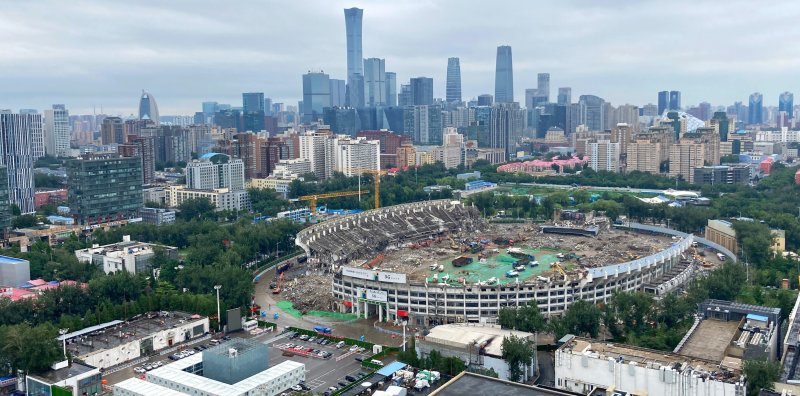
A number of clubs moved location, creating a long strip along the west side of the stadium. Unfortunately the strip has been shut following a Covid outbreak linked to Heaven’s Supermarket this June. The closure of Heaven’s and the surrounding clubs has hit hard, which Van Kerckhove sums up fittingly: “before chaos at night, now DEAD.”
Even with Heaven’s Supermarket forced to close and clubs and bars in the area shut for the time being, spots like Gung Ho! Pizza, German restaurant Blue Star – which took over XL Bar’s space not too long ago – and a number of other eateries are still going strong. But even with the stadium and the surrounding complex slated to be completed by December this year, Van Kerckhove and Chemers hope some of the past will remain.

“I hope the area will be open and easy to access” says Van Kerckhove, “not walled-off again as Beijing loves to do.” This way, Van Kerckhove hopes the area can be used as a park, jogging area, and entertainment area. Chemers says he hopes the “old Beijing” courtyard feel can be maintained without the new surroundings killing the vibe, and, of course, that the old statue by the north gate can remain (the statue is currently in storage in the nearby Workers' Gymnasium).
Though there's a lot of uncertainty as to what might happen to the clubs currently surrounding the stadium, from the looks of things, the new complex -- and plans to have Workers' Stadium Subway Station on Line 3 connect to Taikoo Li via massive underground passage -- might just spell a new heyday for Gongti.
READ: Story of the 'Jing: Just How Old is the City of Beijing
Images: 中赫工体, Brandon Chemers, Kuji Rolls, Katie Coy

